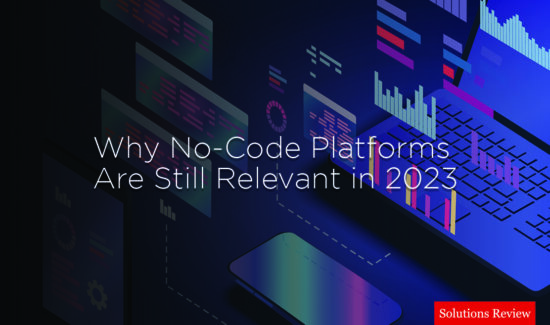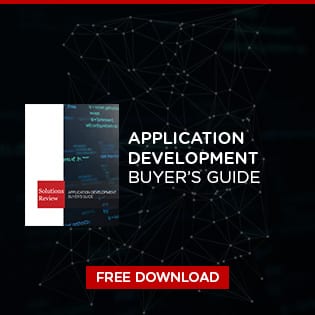2017 Gartner Magic Quadrant Mobile Application Development Platforms – What’s Changed


Gartner has just released their 2017 Magic Quadrant for Mobile Application Development Platforms and has declared this year’s top performers in the MADP space. With smartphones having achieved near-ubiquity, and with businesses adopting a friendlier attitude towards BYOD policies, enterprise-grade mobile applications are in a period of flux. With the newest edition of the MADP magic quadrant, Gartner has effectively evaluated and organized the highly competitive market into four categories; leaders, niche players, challenges, and visionaries. Vendors are evaluated based on sales execution, market execution, customer experience, operations, completeness of vision, and ability to execute. By doing so, the analyst supplies a well-rounded screenshot of the space in 2017.
After having read the full document, the editors at Solutions Review, have compiled some of the key changes between last year’s market and today’s. Take a look!
To kick things off, Gartner notes that while there of the myriad of possibilities for building a mobile application today; rapid application tools, highly specific development tools for BPM and business intelligence, and the always relevant low-level, manual tools such as open-source frameworks, they don’t qualify for this Magic Quadrant as they aren’t ‘platforms’. To define mobile application development platforms, Gartner identifies the ability to address requirements of diverse enterprise use cases, cross-platform capabilities, a focus on centralizing life-cycle activities, and most importantly supplies tools, technologies, components and services that together constitute the critical elements for developing a mobile application.
As defined Gartner, leaders constitute vendors who represent a strong combination of Ability to Execute and Completeness of Vision. In this market, a leader is not only good at cross-platform development, deployment, and management across life cycles, but also hold a good vision of the omnichannel, post app requirements and more. Challengers must have high numbers of satisfied enterprise clients, a growing base of deployments, and the ability to meet the needs of multiple departments in global rollouts. Visionaries offer a compelling vision of products and the market’s future, but may not yet have the resources to realize their ideas. Niche players may lack strength in some critical areas but may be a good choice for organizations looking for a specialized solution.
Vendors this year include Outsystems, Mendix, Kony, Salesforce, Progress, IBM, Pegasystems, Adobe, SAP, Red Hat, MobileFrame, Axway, GeneXus, Microsoft, and DSI. Added to the list are GeneXus, i-exceed, and Mobile Frame, while Appian, Backbase, and Embarcadero were dropped.
In this edition of the MADP Magic Quadrant, we saw both Mendix and Outsystems pull ahead out of the visionary quadrant and achieve ‘leader’ status. Another notable shift in 2017, is sudden dispersing from the quadrant’s origin. Last year saw Oracle, DSI, Appcelerator, Progress, and more all competing for the same territory. In 2017, Only SAP stayed in roughly the same position.
Gartner observes that while demand for application development platforms continues to grow, the growth rate has slowed as the market’s become bigger. Following two consecutive years in 2014 and 2015 with growth rates of 30%, 2016 experienced a dip at 10% due to vendor consolidation and exit. Analysts predict the market will bounce back in 2017 with a growth rate of roughly 18%.
- 5 Questions to Ask When Hiring a Mobile App Developer - August 22, 2017
- The Top 10 User Experience Blogs You Need to Follow in 2017 - July 17, 2017
- Solutions Review Presents: The User Interface Hall of Shame - July 13, 2017





















